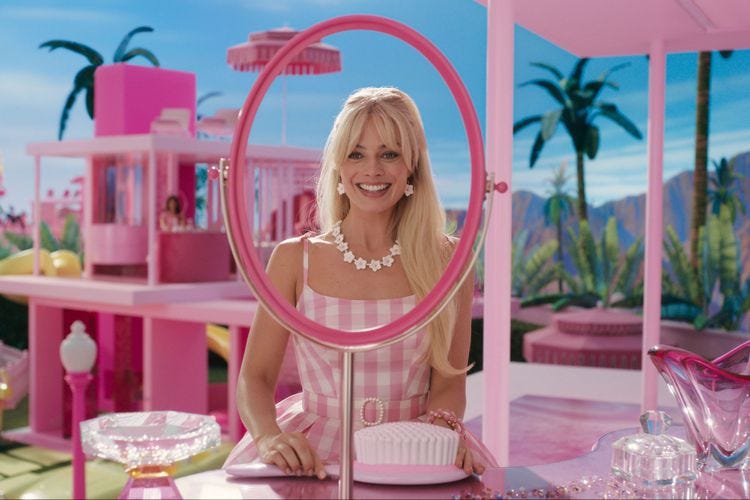The Iron Law of Opening Films
Hits can still be made, but it's much more complicated. Here's how it's done
Somewhere amid the Streaming Wars and its attendant hangover, the Covid shutdown and strike jitters, the box office crossed over into Bizarro World. Many predicted and many seemed to want the entire theatrical business to just die altogether, so Bizarro World is an improvement over that. But what was slated to come back in nice, orderly fashion with giant four-quad sequels reliably conquering the world every three weeks has turned hurly-burly into a madhouse.
Suddenly, surefire installments of two-decade running platinum clad franchises are dead on arrival, while the public can't get enough three-hour explorations of the moral conundrums of mid-century physicists and contrarian takes on 70-year-old toy lines.
On the smaller screen, gigantic spectacles costing what used to be entire networks’ budgets, come and go without a trace, while novelty baking shows sweep the imagination of a digitized planet.
How is any humble executive to find their way through this, apart from throwing darts at the wall. Every Monday morning, box office pundits sift through the ashes for hard and fast rules — Too many princesses! Too rushed! Audiences want to be part of a meme! Movies named after holidays always bomb! Movies named after seasons are always hits! Audiences are fed up with talking animals!
The list of proven box office rules goes on forever, to be superseded by a new set next weekend.
Are there any guideposts in the content firehose? Any safe harbors in the storm for a woebegone programmer?
Well, yes there are. But they are more complicated. For reasons to be explained, you can't count on audiences to adhere to any single absolute rule anymore. Now you need to follow three, or sometimes four rules to guarantee a hit. And so today I offer a formula for at least guaranteeing you did all you could…



